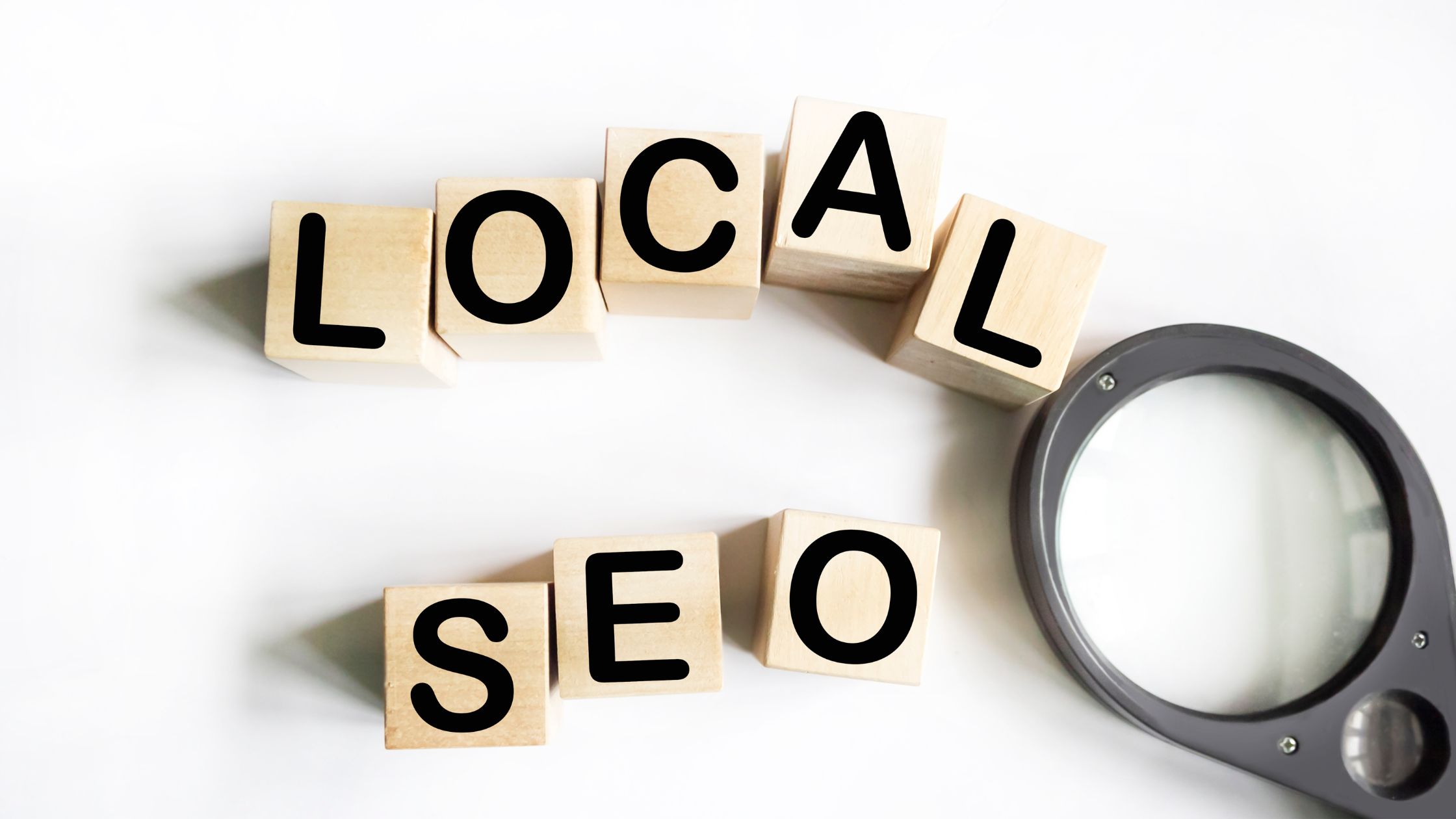Meta Ad Specifications: The Ultimate Guide for Digital Marketers
Success in social media advertising depends on more than creativity—it requires precision. From the correct file size to the right aspect ratio, every technical detail impacts how your audience sees your ad. For brands, advertisers, and agencies, following meta ad specifications ensures your Facebook and Instagram ads look professional, load quickly, and achieve maximum engagement. In this guide, you’ll discover the exact specifications, learn why they matter, and explore proven strategies to create high-impact campaigns that meet Meta’s requirements.By mastering these details, you not only avoid common errors but also improve your ad approval rates and maximize return on ad spend. Even small adjustments, such as optimizing image clarity, aligning visuals with platform-specific placements, or reducing file size for faster loading, can lead to significantly higher engagement. For advertisers managing multiple campaigns, maintaining a central checklist of Meta’s requirements can save time, reduce revisions, and ensure that all creatives consistently meet quality standards. What Are Meta Ad Specifications? Meta ad specifications are the official creative and technical guidelines for running paid ads on Facebook and Instagram. They include rules for image sizes, video formats, aspect ratios, file sizes, and text limits. By following these specifications, you ensure that your ads display correctly across all devices and placements. It also helps maintain visual clarity, prevents cropping errors, and increases the likelihood of approval. Adherence is not optional—it’s the foundation of any successful paid campaign. Learn more about Meta Ads Manager. Why They Are Crucial for Campaign Success Meeting meta ad specifications directly influences your campaign’s performance. Better Visual Quality – Proper dimensions prevent pixelation and maintain sharpness. Consistent User Experience – Ads render correctly across mobile, desktop, and tablet. Lower Rejection Rates – Compliance reduces the risk of Meta disapproving of your ads. Stronger Engagement Rates – Well-formatted creatives hold the audience’s attention longer. Optimized ROI – Proper specifications improve click-through rates and conversions. When you combine strong creative work with accurate technical execution, you give your campaigns the highest chance of success. Facebook Ad Specifications Facebook supports multiple ad formats, and each one comes with its technical requirements. 1. Image Ads Resolution: 1080 x 1080 pixels (1:1 ratio) Minimum width: 600 pixels File type: JPG or PNG Max file size: 30MB Primary text: Up to 125 characters for optimal visibility Headline: 25 characters Link description: 30 characters 2. Video Ads Resolution: 1080 x 1080 (square) or 1200 x 628 (landscape) File type: MP4, MOV, or GIF Max file size: 4GB Length: Up to 240 minutes Captions: Strongly recommended for accessibility Audio: Optional but boosts engagement 3. Carousel Ads Cards: 2–10 images or videos Resolution: 1080 x 1080 pixels per card Max file size: 30MB for images, 4GB for videos Text limits: Same as image ads Instagram Ad Specifications Instagram requires high-quality, visually appealing content. While the meta ad specifications are similar to Facebook’s, there are format-specific details. 1. Feed Ads Resolution: 1080 x 1080 (square) or 1080 x 1350 (portrait) File type: JPG or PNG for images; MP4 or MOV for videos Max file size: 30MB (images), 4GB (videos) Length: Up to 60 seconds for videos 2. Story Ads Aspect ratio: 9:16 Resolution: 1080 x 1920 pixels Max video length: 15 seconds per card File type: JPG, PNG, MP4, or MOV Text placement: Avoid edges to prevent cropping 3. Reels Ads Aspect ratio: 9:16 Resolution: 1080 x 1920 pixels Max length: 60 seconds Audio: Strongly encouraged for better retention Common Pitfalls to Avoid Even skilled advertisers can make mistakes when preparing creatives. Avoid these issues: Poor Resolution Images – Leads to blurry ads that reduce credibility. Incorrect Aspect Ratios – Causes awkward cropping or blank spaces. Oversized Files – Slows loading time and can trigger compression. Too Much Text – Meta’s algorithm reduces reach for overly text-heavy creatives. Lack of Captions – Makes videos less accessible and lowers watch time. Best Practices for High-Performing Ads Meeting meta ad specifications is just the start. For real impact, follow these best practices: Design for Mobile First – Over 90% of Meta’s audience uses mobile devices. Use A/B Testing – Compare different formats, visuals, and copy. Maintain Brand Consistency – Keep colors, fonts, and messaging uniform. Leverage Meta’s Creative Hub – Preview ad variations before publishing. Optimize Load Speed – Compress media files without losing quality. Include Strong CTAs – Clear calls-to-action drive more clicks and conversions. Refresh Creatives Regularly – Rotating ad designs improves engagement and combats audience fatigue. Conclusion Precision is the hidden engine behind successful social media ads. By mastering meta ad specifications, you eliminate formatting errors, boost visual appeal, and improve campaign performance across Facebook and Instagram. Whether you’re designing an image, editing a video, or building a carousel, following these guidelines ensures your ads meet Meta’s highest quality standards. For advanced digital marketing insights and expert strategies, visit Blogrator Web Service — a trusted resource for marketers aiming to optimize their online campaigns. FAQs What are meta ad specifications? They are the official size, format, and technical requirements for Facebook and Instagram ads. Do Facebook and Instagram share the same specifications? Mostly yes, but Stories and Reels have unique size and aspect ratio rules. Can ignoring specifications affect my campaign? Yes. Incorrectly formatted ads can be rejected, display poorly, or perform badly. How often should I check for updated specifications? Before every campaign, as Meta periodically changes requirements.






